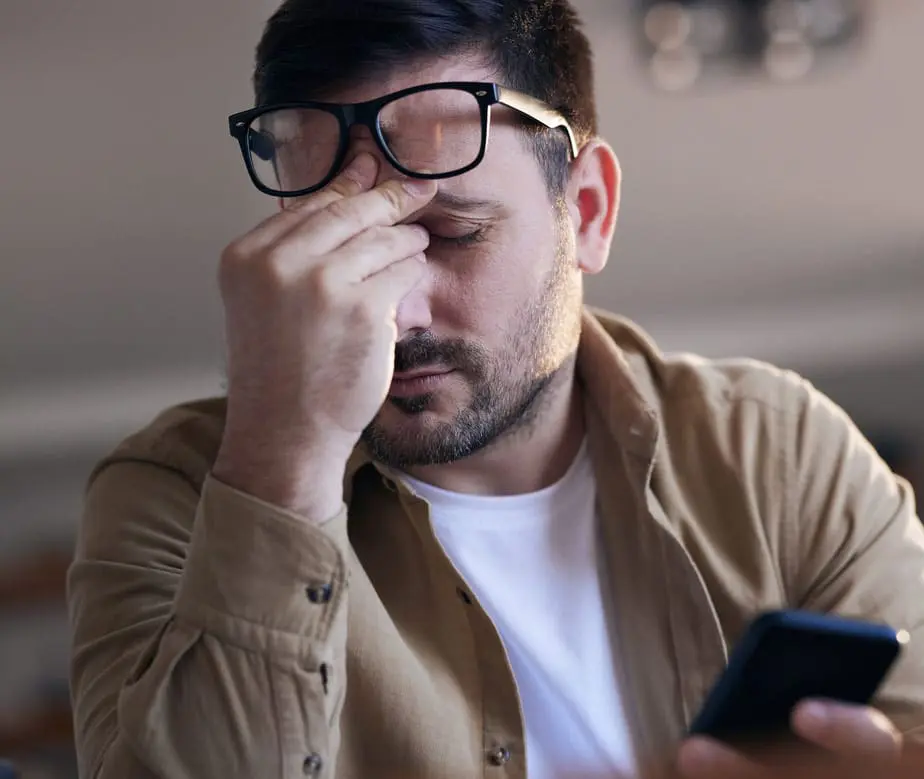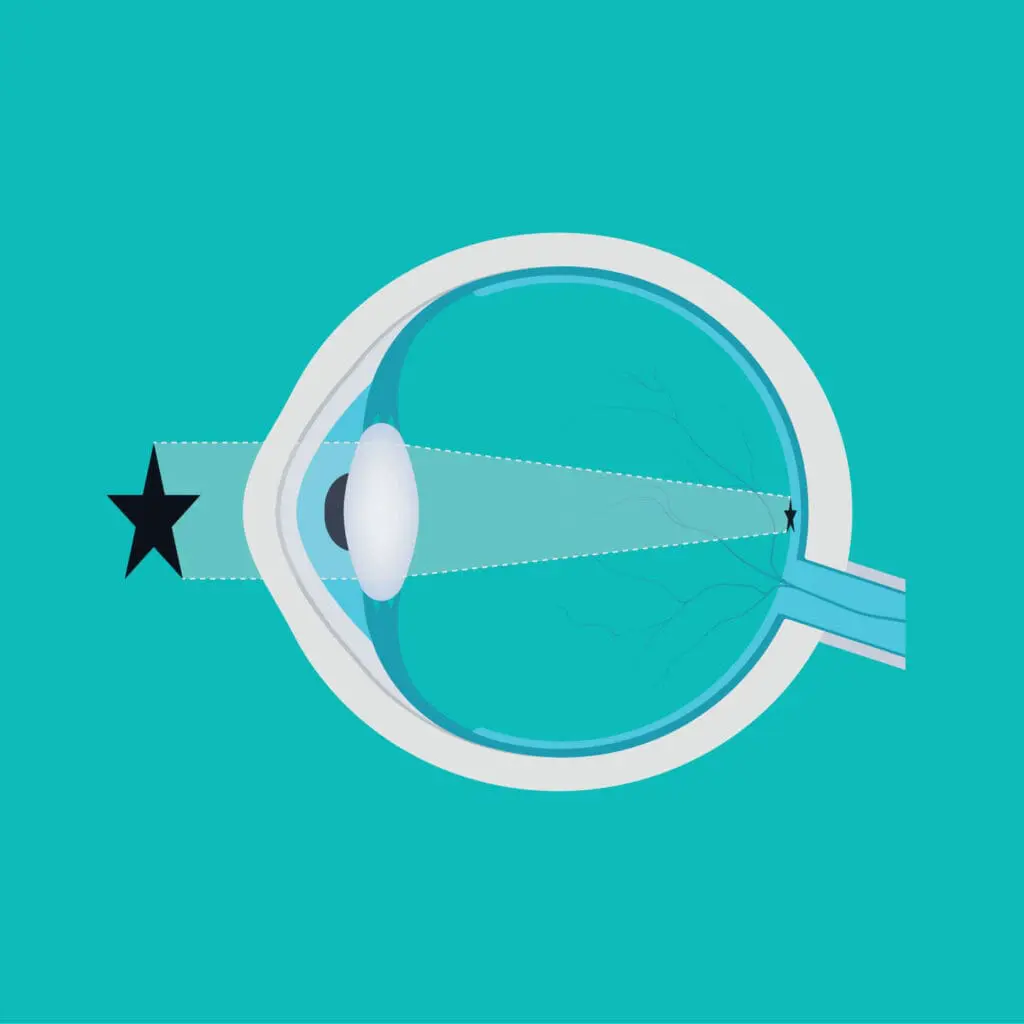Author Information
Authored by Sheraz Daya MD FACP FACS FRCS(Ed) FRCOphth, Consultant Ophthalmic Surgeon & Medical Director, June 2019.
Next review due June 2025.
This page briefly describes the common eyesight problems that result in the need for glasses or contact lenses. Keep reading to understand the various vision correction treatments available at Centre for Sight.
Good knowledge is important and we hope you find this material useful in understanding common eye conditions and why you need glasses or contact lenses. Links are provided to give you more detail about specific eyesight problems.
The eye is very similar to a camera. The cornea and lens are similar to a camera lens, and both eyes and cameras have an iris which controls the amount of light that enters. Light rays enter the eye and 60 to 70% of the focus is performed by the front clear part of the eye, which is the cornea. The remaining 30 to 40% of focus is by the lens inside the eye.
The retina is similar to the film of the camera: light rays need to come to a point of focus on this structure at the back of the eye. Information from the retina is passed to the optic nerve and then on to the brain. In the brain information is processed very much like a computer, and then turned into vision. To see well, light rays must be at a point focus in the eye.
If the eye is too long or short or the cornea too flat or steep, light rays focus in a place other than the retina. This means the information transmitted to the brain is poor and interpreted as a blur. This is called a refractive error, and there are four types that cause common eyesight problems:
Authored by Sheraz Daya MD FACP FACS FRCS(Ed) FRCOphth, Consultant Ophthalmic Surgeon & Medical Director, June 2019.
Next review due June 2025.


